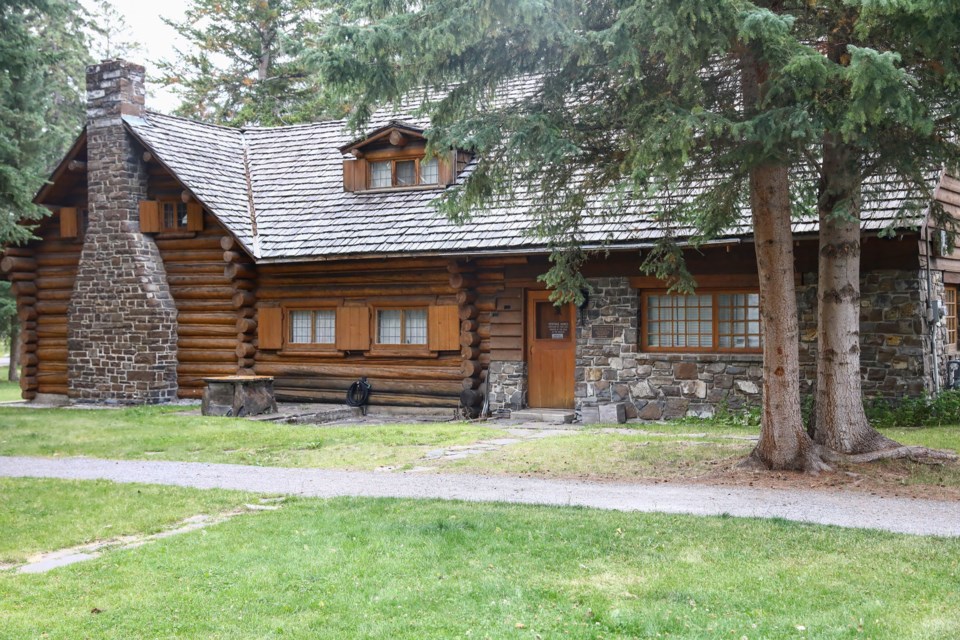BANFF – Banff property owners vying for the new $125,000 matching grant to help save and preserve treasured heritage properties will be chosen based on the merits of their application.
First-come, first-serve applications, or a lottery, had been considered, but the planning department will look for the best project as they review applications with feedback from Banff Heritage Corporation.
Town of Banff planners say more applications are expected with council’s decision earlier this year to bump the grant amount from $25,000 for residential homes and $50,000 for non-residential properties to $125,000 for both.
Kathleen Gallagher, Banff’s development planner, said there have been only two applications for the matching heritage conservation grants in the past 10 years, but five inquiries this year alone since the grant amount was hiked.
“With this increase, it is anticipated there will be more interest and competition for the grant going forward,” she said during the April 22 governance and finance committee meeting.
“The Town of Banff does not have policy directing how to select grant recipients, nor is there guidance as to who selects them, so this proposes to address the policy gaps and give more clarity about the process.”
Over the last seven years, eight properties on Banff’s municipal heritage inventory have been demolished.
They include the Kidney House, McKay Residence, Hindes Cabin 1, Barrie Boarding House, Webb Residence, McLeod Home, Margaret Greenham Residence, and Canetto Cabin.
More heritage homes are slated for demolition, including the Thomson Cabin 1 and James Thomson Residence on Beaver Street to make way for redevelopment of a bed and breakfast inn.
Gallagher said lower grant amounts have not been enough to promote heritage conservation, nor did they encourage owners to designate properties as municipal historic resources.
“Administration recommends allocating the full $125,000 to an applicant, should they need that amount for their project, to best encourage designation rather than spreading funding too thinly among heritage resource owners,” she said.
“If the top ranked applicant requests less than $125,000 and the next ranking applicant is interested in the remainder amount, administration recommends that that leftover amount could be distributed to a lower ranking applicant, should that project meet the eligibility requirement.”
In order to qualify for the heritage conservation grant, properties must be designated as municipal historic resources, meaning they are legally protected, or have an agreement committing to designation.
“Every time we talk about heritage, we talk about the inventory versus designation,” said Darren Enns, director of planning and environment for the Town of Banff.
“We’ve got 180 properties on the heritage inventory, which have no official standing, and then we have 15 that are designated.”
Under the amendments to the heritage resource management policy, the director of planning and environment or designate will evaluate applications and seek feedback from the heritage corporation.
Their recommendation for funding recipients will be brought forward for review and approval by council.
Based on the merits of the project, an analysis would determine which project is conserving the most valuable heritage resource of all the applicants, with the worthiest scope of work.
“For example, the project could be addressing a severe need in terms of decaying structural integrity of the resource or bringing deteriorating character-defining elements back to life,” said Gallagher.
Coun. Ted Christensen, who is council’s representative on the Banff Heritage Corporation, was unsuccessful in his push to have the corporation be the first to review the grant applications, ahead of the planning department.
“I wonder about switching the order around and having evaluation from the heritage corporation, and advice from planning and administration, because of the depth and breadth of experience on the heritage committee,” he said.




